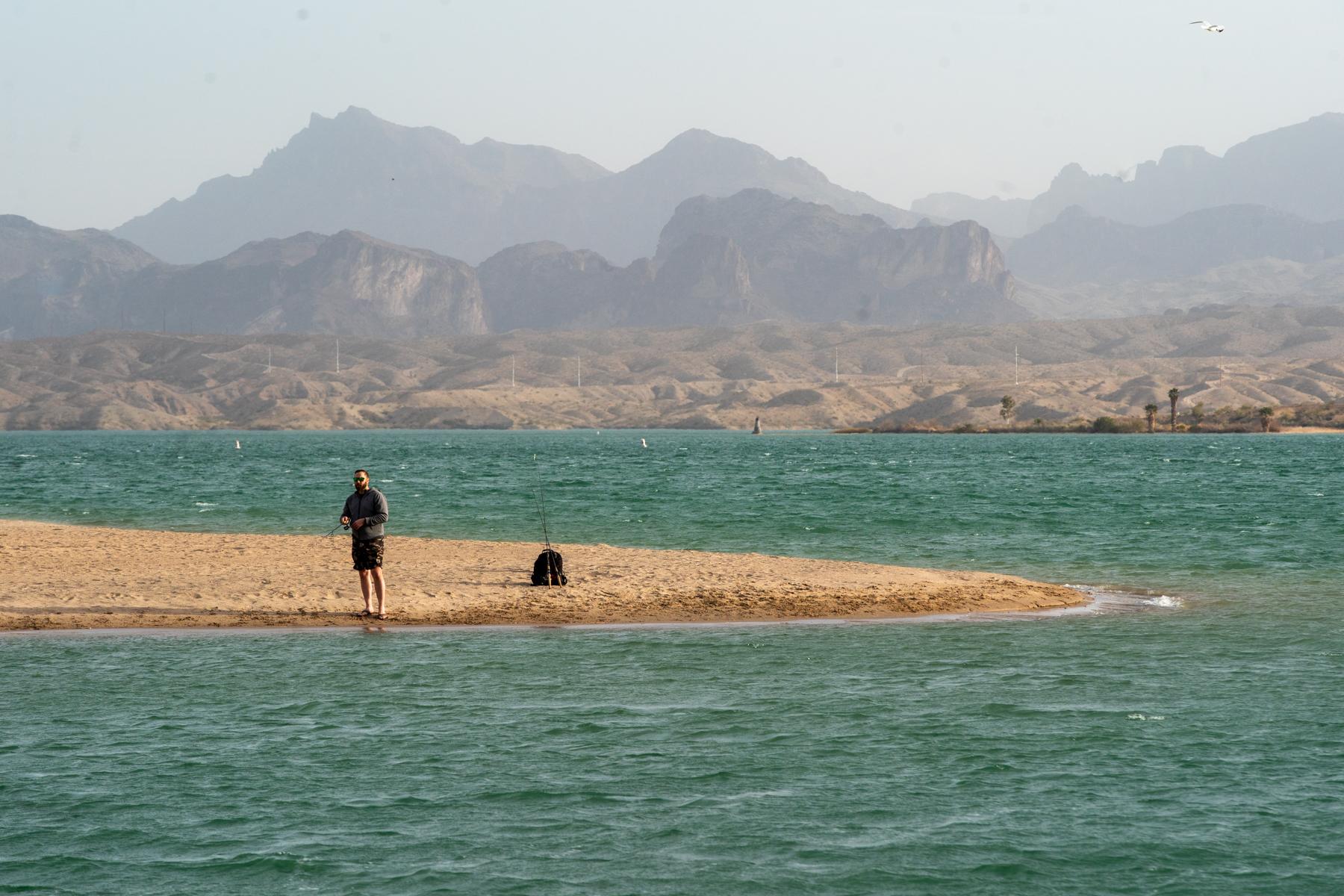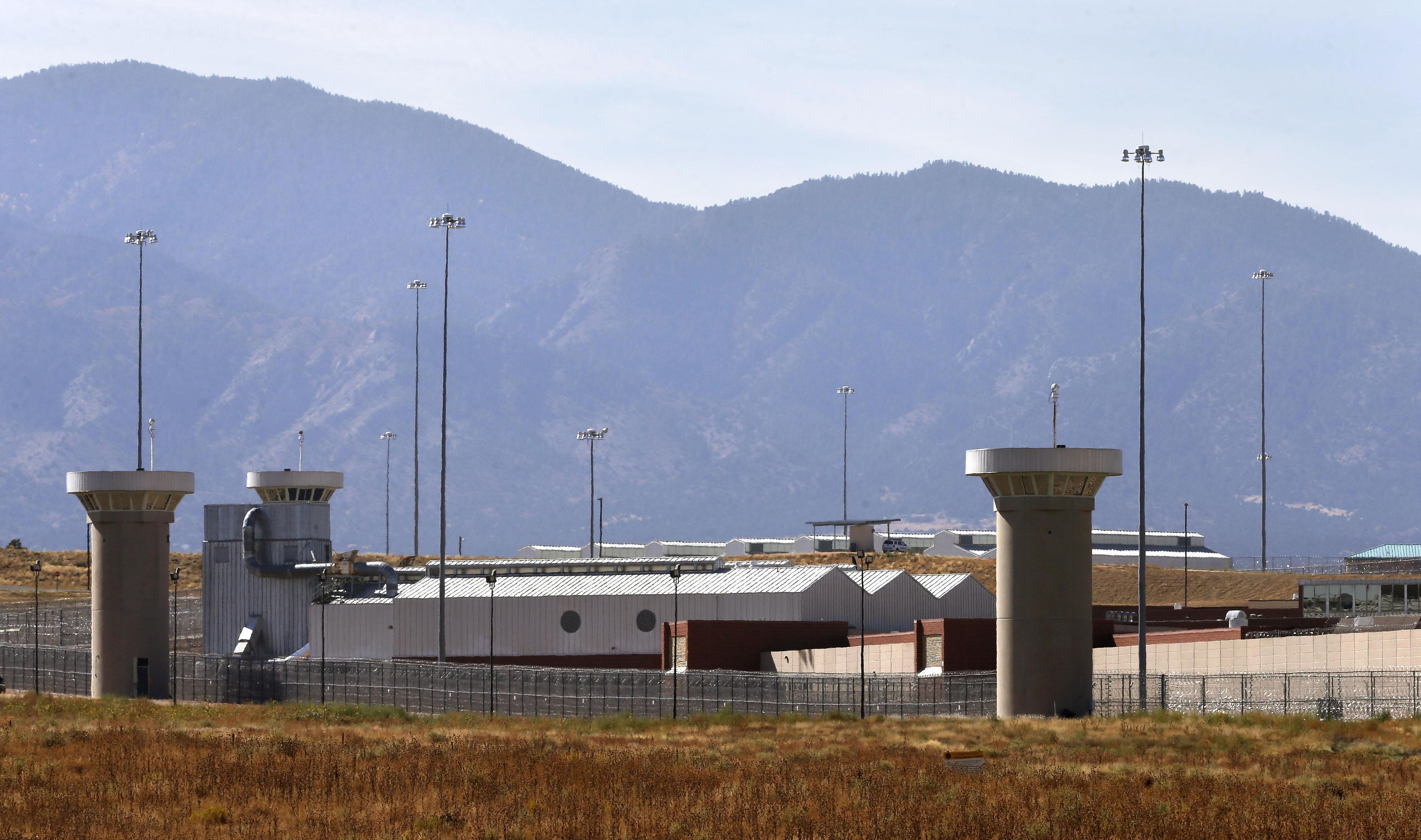
Arizona and Nevada will get more water from the Colorado River next year because of improved conditions at the country’s largest reservoir, federal officials said.
The U.S. Bureau of Reclamation released new projections on Tuesday that detail how much water the agency expects will be stored in Lake Mead on the Nevada-Arizona border over the next two years. The projections show that due to good winter snowfall and spring rain, combined with conservation efforts, there will be enough water in the reservoir for the federal government to roll back water cuts that affected the two states.
In 2021, the federal agency declared a Level 1 water shortage on the Colorado River for the very first time. That designation meant that water levels in Lake Mead were projected to drop low enough to trigger water cuts to Arizona and Nevada, which rely on the water in the reservoir.
Reclamation officials sounded a louder alarm in August 2022 as Lake Mead reached its lowest level on record. A Level 2 water shortage was declared, which meant even deeper water cuts to Nevada and Arizona, reductions that mostly affected desert farmers.
Now that Lake Mead has recovered slightly, the federal government is downgrading the river to a Level 1 shortage. The change means that Arizona and Nevada will have their water allocations from the Colorado River cut by 18 percent and 7 percent next year, which is a slight improvement from the 2023 cuts. Mexico will also have its normal allocation from the river reduced.
The federal cuts have not reduced water allocations to Colorado, Utah, New Mexico or Wyoming. These states make up the upper Colorado River basin and are upstream of the reservoir, which means they don’t use the water it stores. California, which does rely on Lake Mead, has been spared from cuts because of the state’s senior water rights. California would have to make cuts if a Level 3 shortage — the most severe — is ever declared.
Reclamation officials in 2021 ordered a release of water from Blue Mesa Reservoir in Colorado to shore up levels in Lake Powell, a move that frustrated local businesses and lake-goers because it meant an early end to the summer boating season. The prospect of additional cuts prompted the owners of the lake’s only marina to stay closed the following year, too.
The escalating tiers of water cuts come from rules states and the federal government agreed to in 2019 to manage the Colorado River based on water levels recorded at Lake Mead. Those rules are set to be replaced in 2027 after the Colorado River Basin states, tribal nations and Mexico negotiate a new drought management plan.
Negotiations on the new drought rules started earlier this year with the goal of reaching an updated agreement that includes new ways to keep water in the river and protect the country’s largest reservoirs from hitting critically low levels.
After more than 20 years of climate change-fueled drought across the Southwest, combined with overuse of the Colorado River, both Lake Mead and Lake Powell dropped to record-low levels in recent years, a stark reminder of the need for states to cut their water use as they negotiate new management rules.
In May, officials in California, Nevada and Arizona submitted a plan to the federal government they said would cut their Colorado River water use and keep 3 million acre-feet of water in Lake Mead through 2026. That plan is currently being reviewed and will be published later this year for public review and comment.
“Lake Powell and Lake Mead — the two largest reservoirs in the United States and the two largest storage units in the Colorado River system — remain at historically low levels,” Reclamation Commissioner Camille Calimlim Touton said in a statement. “As we experience a warmer, drier west due to a prolonged drought, accelerated by climate change, Reclamation is committed to leading inclusive and transparent efforts to develop the next-generation framework for managing the river system.”
Related coverage
- For the first time in nearly four years, there’s no drought anywhere in Colorado – for now
- Golf course operators are teaming up to survive Colorado River water cuts and a future that’s less green
- New state task force starts work on responding to worst-case Colorado River scenarios
- Parched: Explore the podcast series









